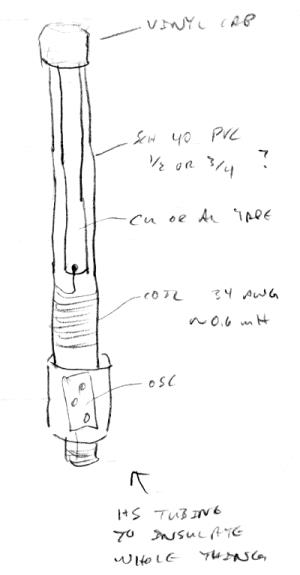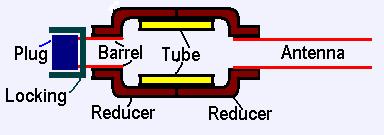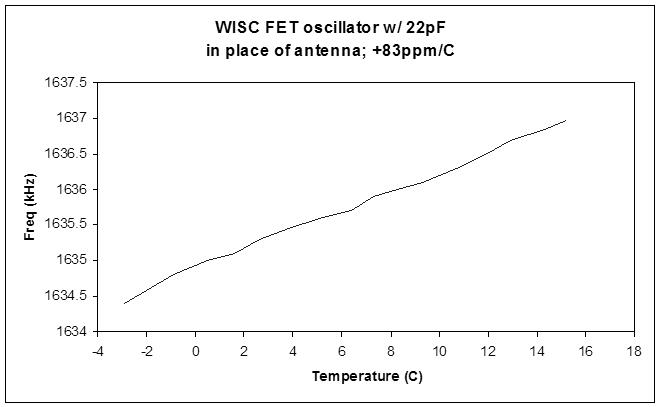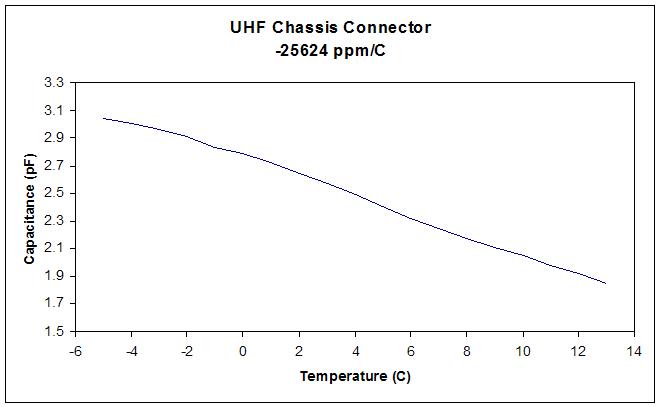Great! Now your on the road to multiple circuit destructions, lol ;-)
Oh, just thinking about what I said above regarding capacitor and HBM etc, I think it could be wrong..
A person is going to charge to whatever ES potential they develop, and their capacitance of ~100pF holds this charge, and when they get close enough to a discharge route, this charge will pass via that route via ~1k5R body resistance..
So having a 100pF capacitor to the HV end, with 1k5 to the probe, should behave quite similarly to the HBM - as the probe approaches the UUT, discharge will occur at a proximity determined by the PD..
So a simple piezo charging mechanism with the above should do the job.
Begs the question why simple low cost ESD guns based on something like this dont seem to be available - my friends gun is a low-end device and cost him about £300 second hand!
"Could stick a 1.5k resistor in the sparky end which is hollow and has a tiny spring. Neat!"
Dont forget that without a capacitor on the output, the charge generated by the piezo has a lot less power, so adding any series element that reduces the delivered 'punch' may not be a severe enough test. I think that from a piezo one probably gets a much shorter pulse, ok the instant it fires you may deliver a higher current spike, but this will probably extremely short in duration compared to what one gets from a charged 100pF.
Also, I think you do need to connect the ground for any realism.
Fred.
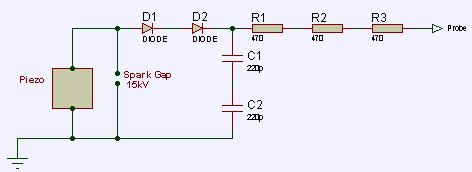
Quick sketchup of what I plan to build one day - all components rated 10kV min, piezo is cranked until one sees a spark across the 15kV spark gap which is behind a glass.. (may need a small R between the piezo and the spark gap so that maximum voltage at the gap only occurs when the capacitor is fully charged)
Some useful ESD links:
Complete set of articles on EMC ESD etc as .pdf http://www.humerboard.at/ftkl/Design_Techniques_For_%20EMC.pdf
http://www.gr.ssr.upm.es/~jambrina/esd/www.borg.com/%257Eeosesd/
This index page links to 7 articles covering the whole subject of ESD.


